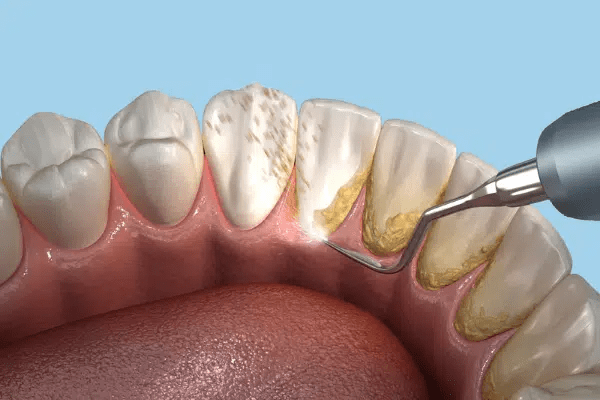Sleep, often perceived as a mere pause in our busy lives, is in fact a highly active and essential biological process. It’s during these hours of repose that our bodies repair, our minds consolidate memories, and our immune systems fortify themselves. Yet, for countless individuals, achieving truly restorative sleep remains an elusive dream. Enter the memory foam mattresses – a revolutionary bedding innovation that has transformed the way we experience rest, offering a unique blend of comfort and support rooted deeply in scientific principles.
The Genesis of Memory Foam: From Space to Sleep
Originally developed by NASA in the 1960s to absorb impact and improve cushioning safety in aircraft seats, viscoelastic polyurethane foam, also known as “memory foam,” found its true calling in the bedroom. Its unique properties, characterized by both viscosity (resistance to flow) and elasticity (ability to return to its original shape), are what make memory foam mattresses so uniquely adaptive. This material’s ability to soften with body heat and pressure, then slowly regain its form, is the fundamental mechanism behind its unparalleled comfort and support.
Precision Contouring: The Core of Pressure Relief
At the heart of memory foam’s effectiveness lies its ability to conform precisely to the contours of your body. When you lie down on a memory foam mattress, your body heat softens the foam, allowing it to mould around your curves. This creates a custom sleep surface that distributes your body weight evenly across the mattress. Why is this so beneficial? Traditional mattresses, particularly innerspring models, tend to create pressure points where your body makes the most contact, typically at the hips, shoulders, and lower back. These pressure points can restrict blood flow, leading to tossing and turning as your body tries to relieve the discomfort. Memory foam, by eliminating these pressure points, promotes unobstructed circulation and reduces the need for frequent repositioning, resulting in deeper, more uninterrupted sleep cycles.
This unparalleled pressure relief is a cornerstone of why memory foam mattresses are so highly regarded, especially by those suffering from chronic pain, fibromyalgia, arthritis, or back issues. By cradling the body’s natural alignment, the foam supports the spine in its ideal neutral position, alleviating strain on muscles and ligaments. This therapeutic support enables the body to fully relax and recuperate, which is crucial for muscle repair and overall physical recovery. Imagine the relief of waking up without the usual stiffness and soreness; that’s the promise of a well-engineered memory foam sleep surface.
Uninterrupted Slumber: The Magic of Motion Isolation
Another significant scientific advantage of memory foam mattresses is their exceptional motion isolation. Unlike traditional spring mattresses, where movement on one side can cause ripples across the entire bed, memory foam absorbs kinetic energy. This means that if your partner shifts, gets up, or even has a restless night, you are far less likely to feel their movements. This undisturbed sleep is particularly beneficial for couples with different sleep schedules or those who are easily awakened by their partner’s movements, contributing to a more harmonious and restful shared sleep environment. Many brands, like those featured in a Puffy mattress sale, emphasize this key benefit as a critical factor for couples. The dense nature of the foam acts as a barrier, localizing motion to the point of impact rather than transmitting it across the entire surface.
Addressing the Heat: Modern Innovations in Memory Foam
While early generations of memory foam were sometimes criticized for retaining heat, significant advancements in foam technology have largely mitigated this concern. Modern memory foam mattresses often incorporate open-cell structures, gel infusions, copper particles, or phase-change materials designed to dissipate heat more effectively. Open-cell foam features a less dense structure with microscopic air pockets that allow for greater airflow. Gel particles or layers embedded within the foam can absorb and draw heat away from the body, while copper has natural thermal conductivity properties. Phase-change materials are designed to absorb heat when you’re too warm and release it when you’re too cool, actively regulating your body temperature. These innovations promote airflow and draw heat away from the body, ensuring a cooler and more comfortable sleep experience. When exploring options, especially during a Puffy mattress sale, inquire about these cooling technologies to ensure optimal thermal regulation.
A Healthier Haven: Hypoallergenic Benefits
Furthermore, the hypoallergenic properties of memory foam contribute to a healthier sleep environment. Its dense structure makes it difficult for dust mites, allergens, and other microscopic irritants to penetrate and settle, making it an excellent choice for individuals with allergies or asthma. Unlike spring mattresses that can harbor dust and allergens within their coil systems, the solid foam core of a memory foam mattress provides a much less hospitable environment for these common triggers. This creates a cleaner and more hygienic sleeping surface, reducing triggers that could disrupt sleep quality and ensuring a more breathable atmosphere for sensitive individuals.
Investing in Deeper Sleep: The Memory Foam Advantage
In essence, memory foam mattresses don’t just offer a place to sleep; they offer a scientifically optimized sleep environment. Their viscoelastic properties enable personalized contouring and superior pressure relief, while their motion isolation capabilities ensure undisturbed rest. With continuous innovations addressing factors like heat retention, these mattresses represent a significant leap forward in sleep technology.
If you’re looking to truly transform your rest and invest in your overall well-being, exploring the benefits of memory foam, perhaps even during a Puffy mattress sale, could be your gateway to a deeper, more restorative night’s sleep.














